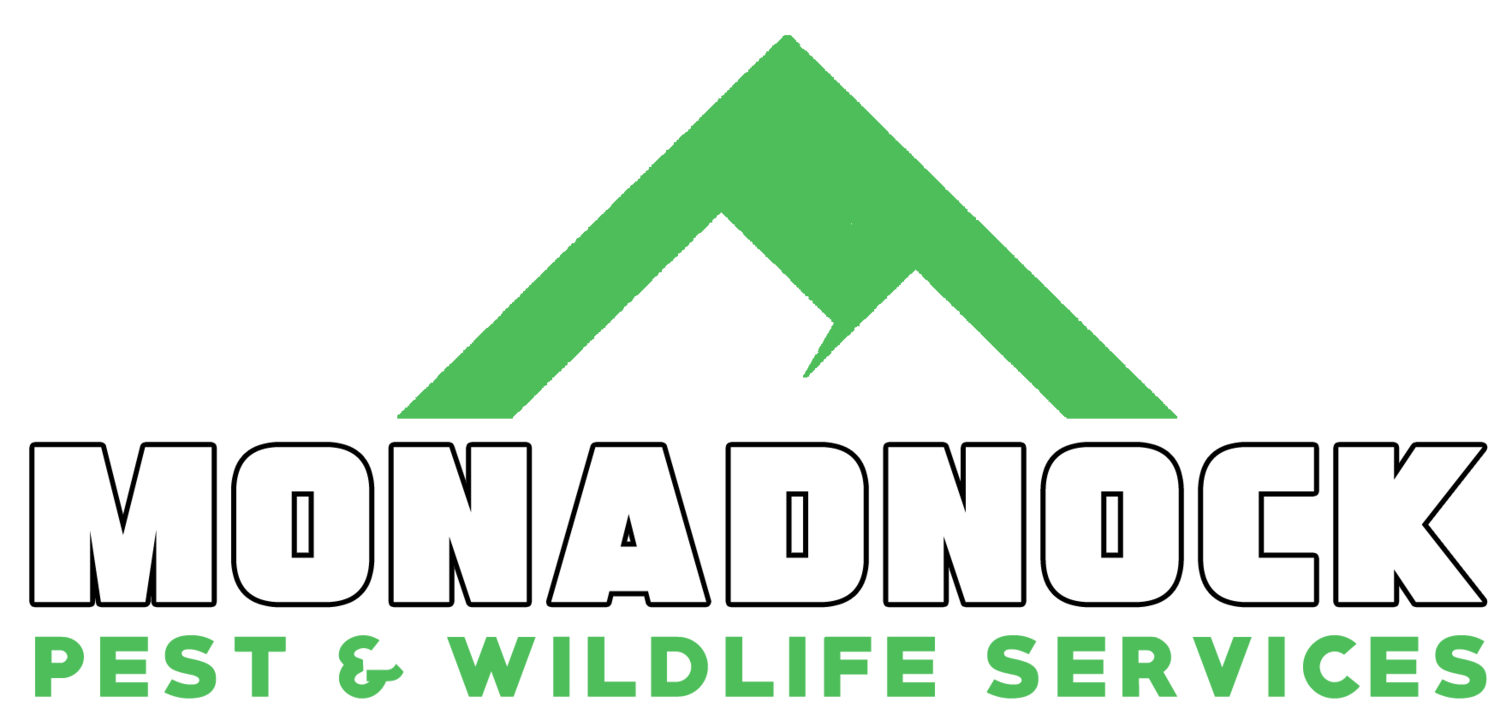
Position Statements: Animal Welfare
Monadnock Pest co-owner Jeff Traynor, with a trapped woodchuck removed from a client structure. (Photo | Monadnock Pest & Wildlife Services)
Few topics have bubbled to the surface of modern societal debate quite like that of how best to manage our flourishing wildlife populations. As humans continue to expand our presence into more rural sectors of the continent, conflicts with wild animals will undoubtedly continue to arise.
How we choose to address these conflict situations is important.
Modern changes in how people value animals has triggered widespread acknowledgment of a need for ethical and evidence‐based approaches to managing such conflicts. Like many topics, opinions on what is deemed a “nuisance” or “problem” varies immensely from individual to individual; and a sliding scale of social tolerance for wildlife presence in and around our homes extends greatly on a very wide tolerance spectrum.
Regardless of these varying tolerances on wildlife resource management, the reality is that we, as professionals engaged in public health and property protection services, have an obligation to address specific and individual wildlife conflict situations in a safe, effective, and ethical manner.
As the owners of Monadnock Pest & Wildlife Services, we hold extensive training, education, and experience in wildlife characteristics, seasonal birthing times, and other integral aspects of wildlife biology applicable to our day to day operations of providing “wildlife management” services. Additionally, we abide by, and adhere to, all state wildlife laws and regulations, in addition to maintaining current licensing/certifications, and affiliations with national professional wildlife control associations to ensure we are always using the best management and control practices with regard to wildlife conflict mitigation.
Lethal control, in particular, will often generate societal disagreements over whether animal control tactics are necessary and how they should be applied. We believe firmly that the need for wildlife removal should be justified with evidence that substantial harm is being caused to people, property, livelihoods, ecosystems, and/or other animals. In other words, we assess every wildlife conflict situation to determine and confirm that every nuisance situation is, in fact, a legitimate nuisance situation.
It is important to keep in mind that Human–wildlife conflicts tend to arise - primarily - from human activities. Efforts to mitigate wildlife conflict should begin with attempting to alter/address the human practices that cause human–wildlife conflict to begin with.
Sometimes, specific wildlife conflict situations or state regulations require problem wildlife to be humanely euthanized or dispatched, but more often than not, we try to mitigate a conflict situation with non-lethal alternatives; and we lean heavily on these options when available to do so. Additionally, we strive to promote and follow modern wildlife handling protocols that impress upon the least amount of stress for the individual nuisance animal in question.
As professionals, we feel it is paramount to follow a series of widely recognized systematic concepts when addressing wildlife conflict situations:
The desired outcome of a wildlife removal action should be clear, achievable, monitored, and adapted based on experience, research, and lessons learned.
Control methods should be as predictable as possible, and effectively cause the least animal welfare harms to the least number of animals.
Decisions to mitigate or address “problem” wildlife should be based on the specifics and individuality of every situation, not based on broad perceptions of a given target species.
We continue to strive for professional welfare-based approaches to handling wildlife conflict in the state of New Hampshire, and we adapt accordingly as new tactics and approaches become available.
Read More:
Give us a call: (603)-784-5828
Not much of a phone talker?
Send us a message and we’ll respond to your inquiry shortly.
We check our email messages promptly!

